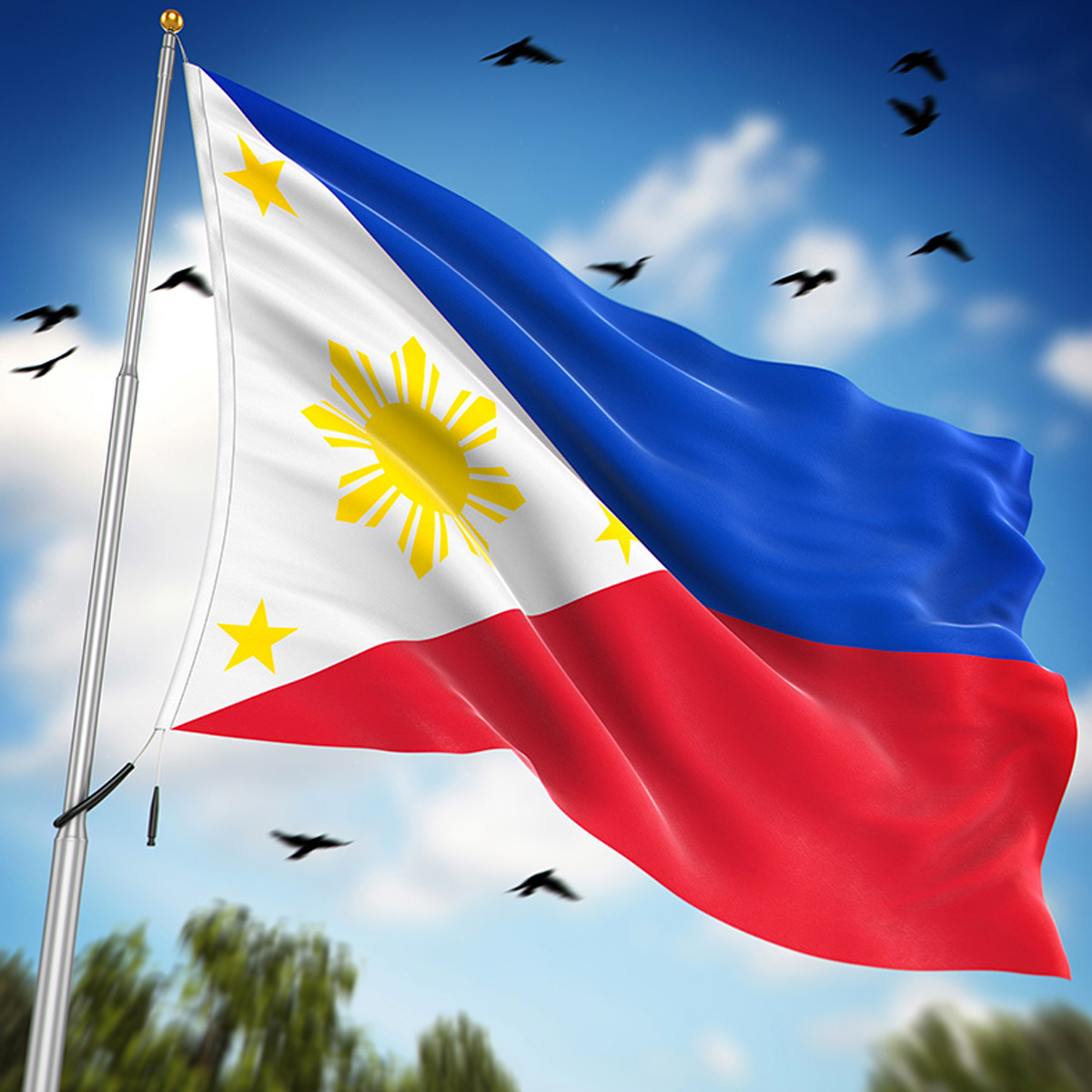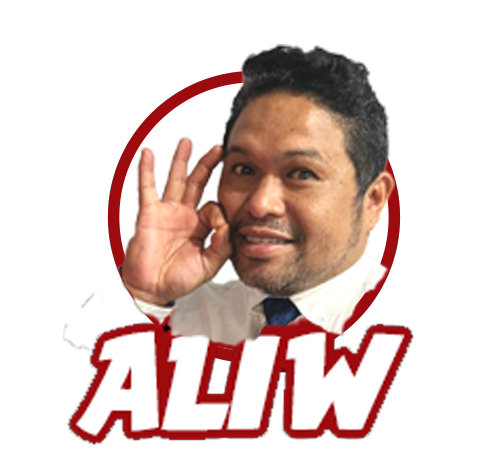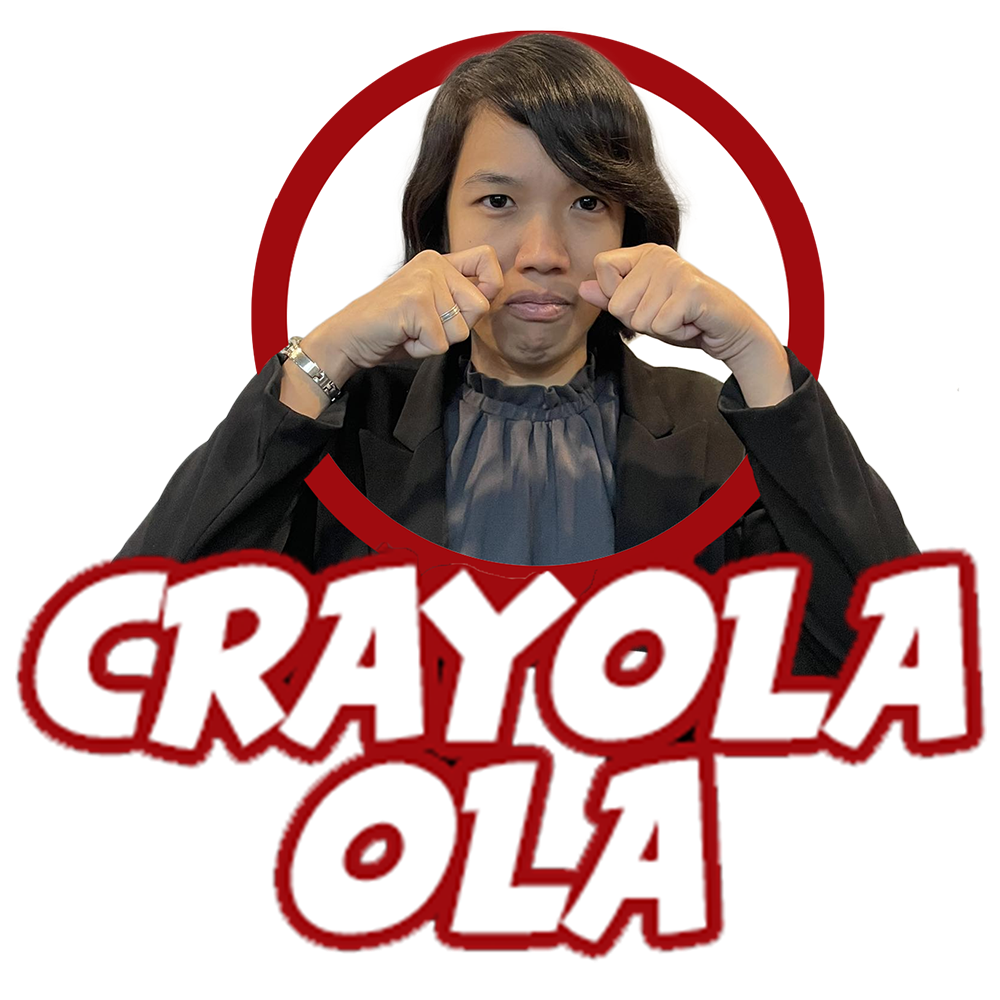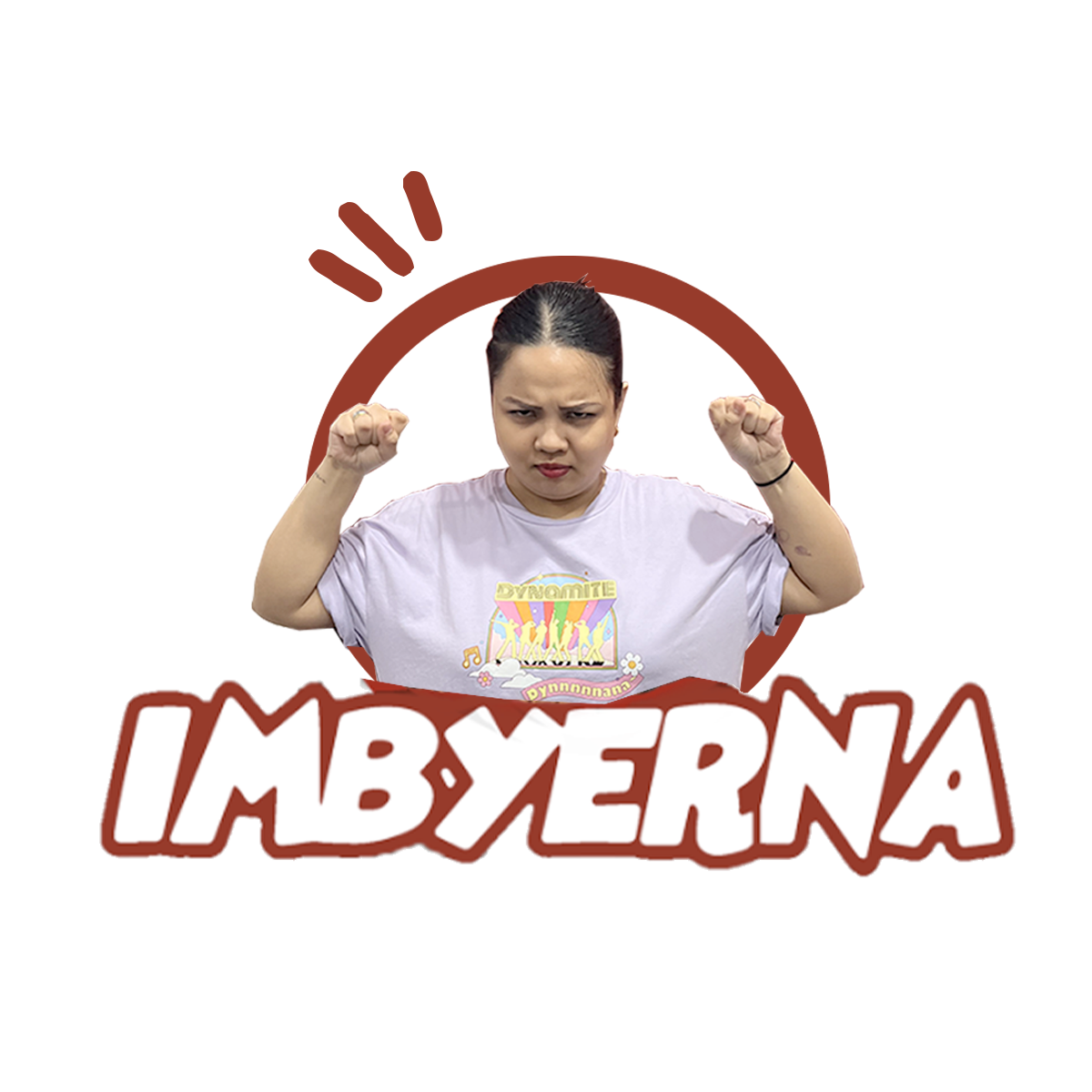With the national colors waving proudly under a bright June sky, the Philippines today marked its 127th Independence Day, commemorating the historic declaration of freedom from Spanish colonial rule on June 12, 1898. The milestone was celebrated through ceremonies, cultural showcases, and a call for national unity that echoed across the archipelago and beyond.
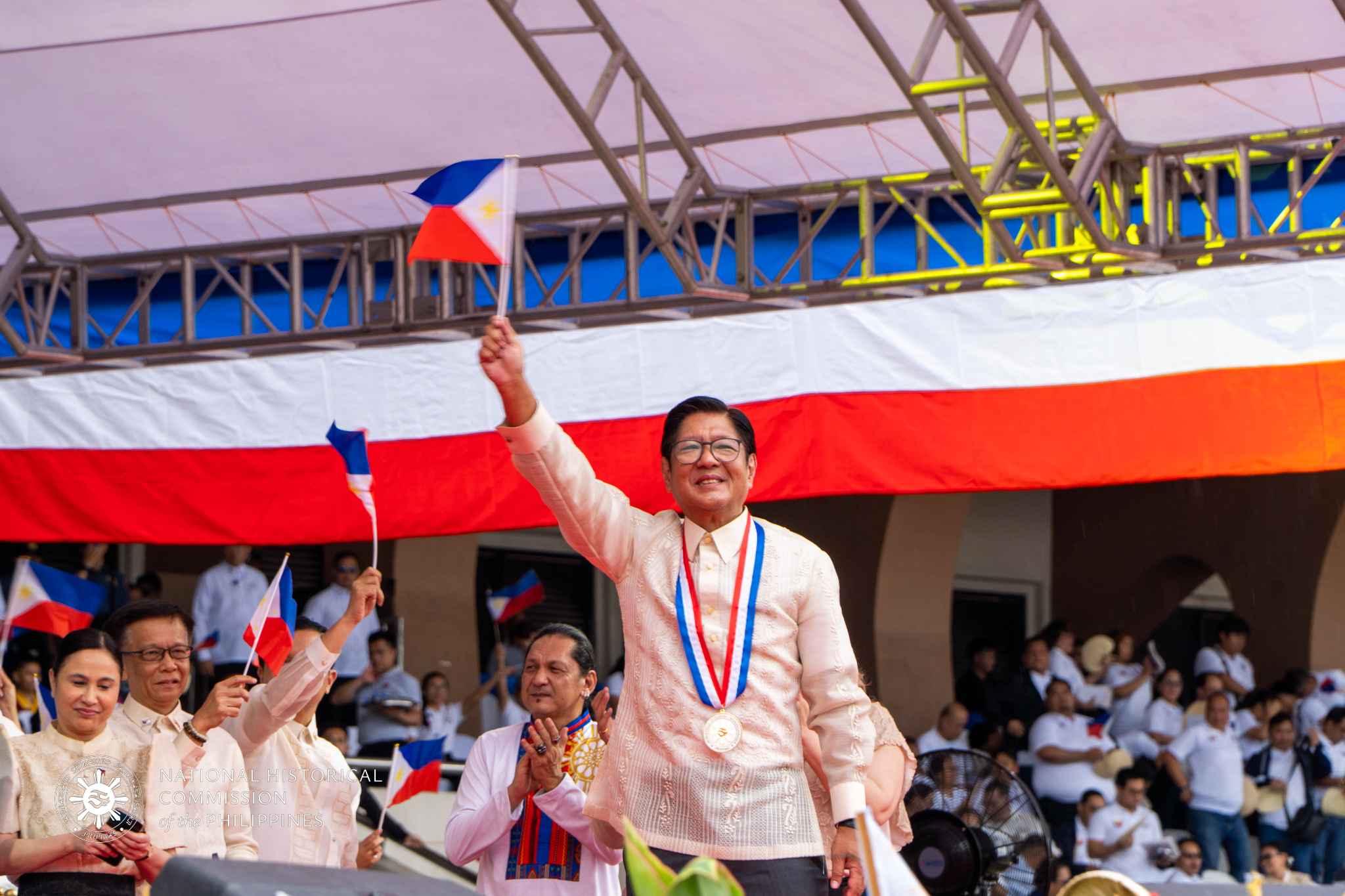
Leading the official rites at Rizal Park in Manila, President Ferdinand Marcos Jr. emphasized this year’s theme: “Kalayaan. Kinabukasan. Kasaysayan.” (“Freedom. Future. History.”). The ceremony began with a solemn flag-raising and wreath-laying at the Rizal Monument, honoring the sacrifices of national heroes such as José Rizal, Andres Bonifacio, Apolinario Mabini, and countless unnamed patriots who fought for the country’s liberation.
“Our freedom was hard-won and must be fiercely protected—not just with arms, but with action, integrity, and unity,” the President said in his address. “This day reminds us that the same courage that won our independence must now be channeled into building a just and prosperous future.”
Celebrations extended throughout the nation, with similar ceremonies in provincial capitals and municipalities, featuring civic parades, historical exhibits, and community events. Government offices and private establishments displayed the national flag, while schools and organizations held educational programs to instill patriotism among the youth.
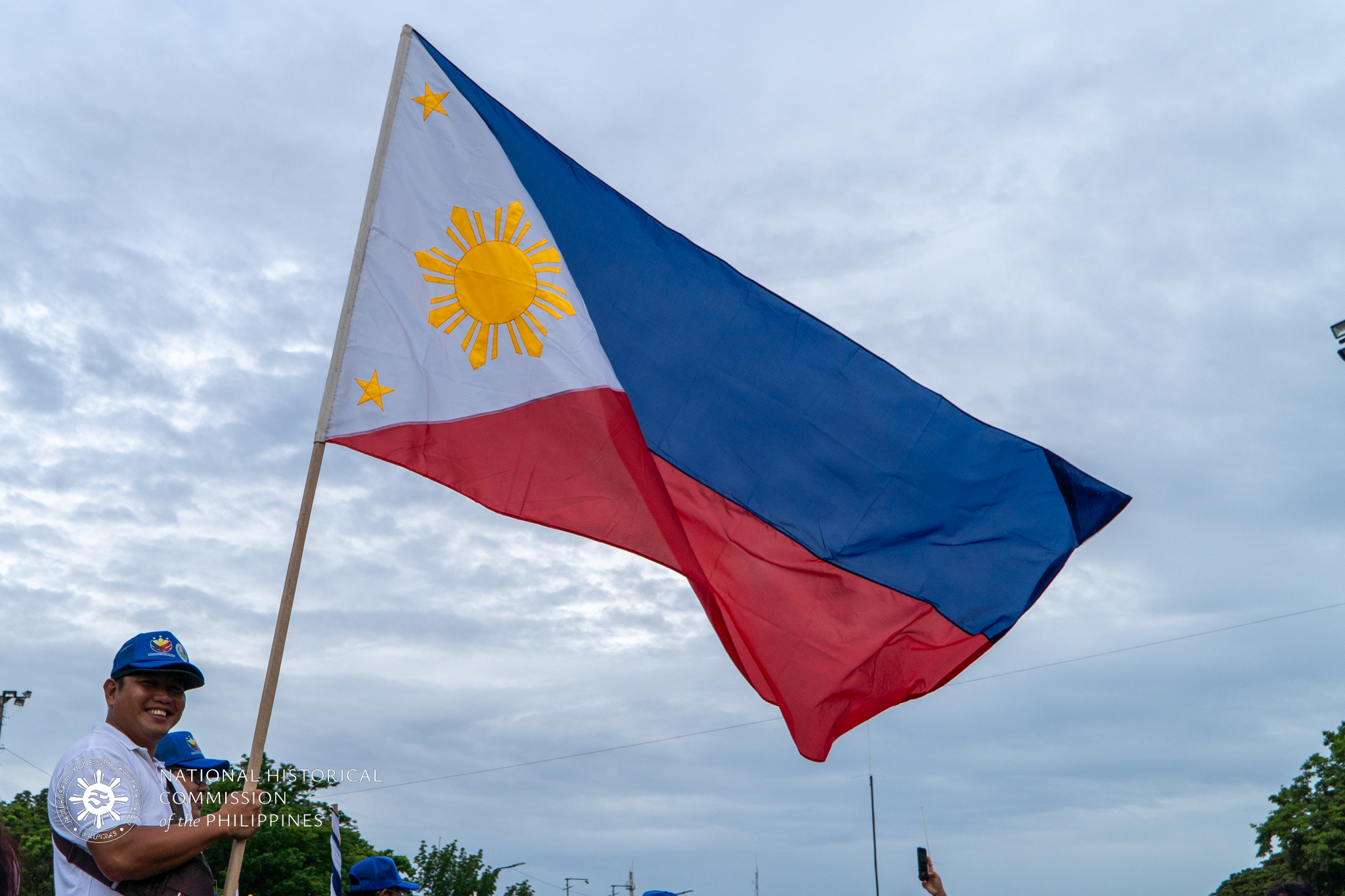
This year’s observance also marks the culmination of “Linggo ng Kalayaan” (Freedom Week), a tradition dating back to 1992 that promotes reflection on Filipino identity and heritage in the days leading up to June 12.
Filipino communities abroad also took part in the festivities. From cultural festivals in the United States and Canada to flag ceremonies in Middle Eastern embassies, the global Filipino diaspora joined in commemorating the country’s journey toward sovereignty. The Department of Foreign Affairs noted that more than 80 embassies and consulates worldwide organized special events to honor the occasion.

The June 12 holiday traces its roots to 1898, when General Emilio Aguinaldo proclaimed the country’s independence from Spain in Kawit, Cavite. Though the Philippines would later fall under American and then Japanese rule, the date remains a defining symbol of the Filipino people’s enduring spirit and quest for self-determination. It wasn’t until 1962, under President Diosdado Macapagal, that June 12 was officially designated as Independence Day, replacing the July 4 celebration that marked independence from the United States.
For many Filipinos, today is more than a commemoration—it is a reminder of the unfinished work of nation-building. Civic leaders and historians alike have urged the public to use the occasion to reflect on the values that defined the revolution: courage, sacrifice, and love for country.
“History lives on when it becomes part of our daily choices,” said historian Dr. Liza Ramos. “We honor our heroes best not only through ceremonies but through active citizenship—fighting inequality, defending democracy, and caring for our communities.”
As night falls, parks and public spaces across the country are expected to host concerts, fireworks, and cultural performances celebrating Filipino resilience, creativity, and freedom.
Maligayang Araw ng Kalayaan!
The Philippines turns 127 years free—and still marching forward.
